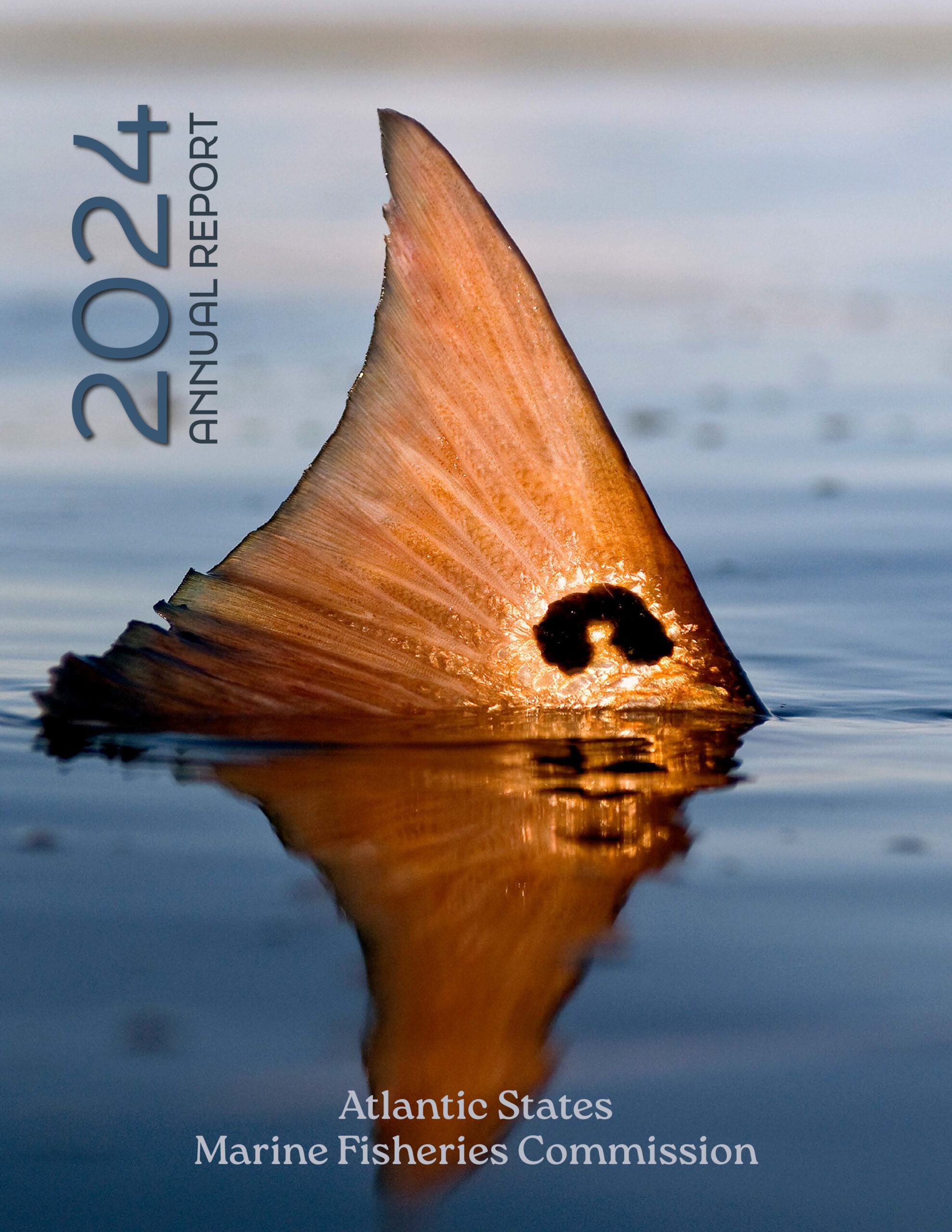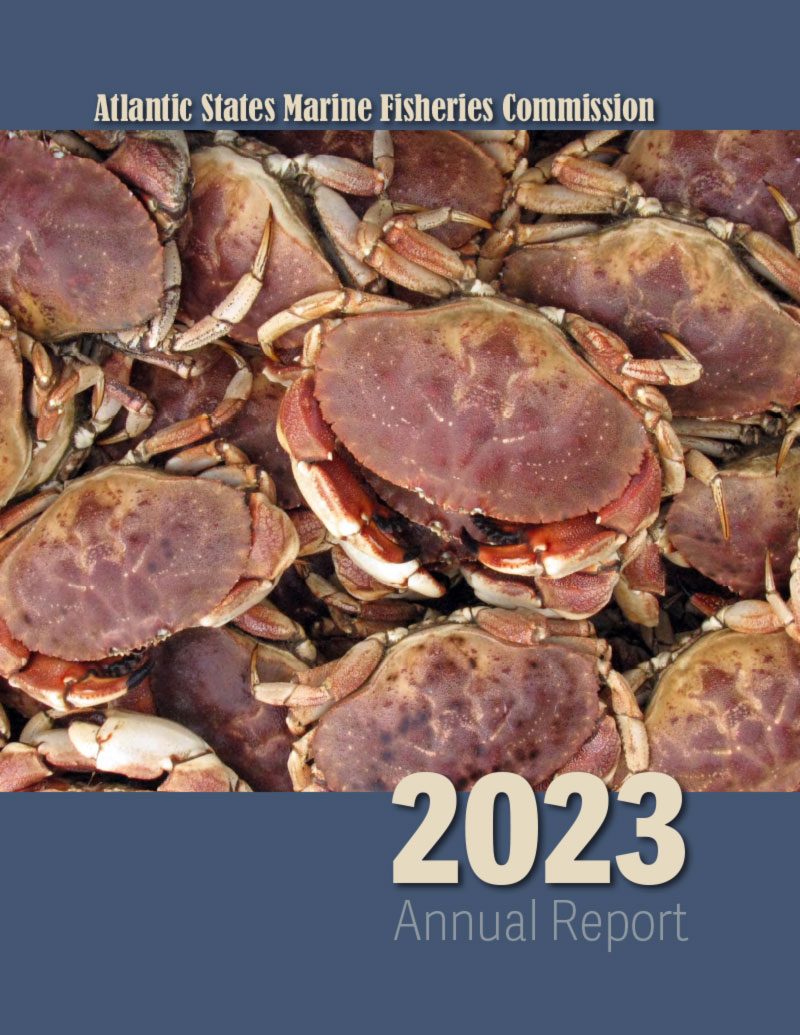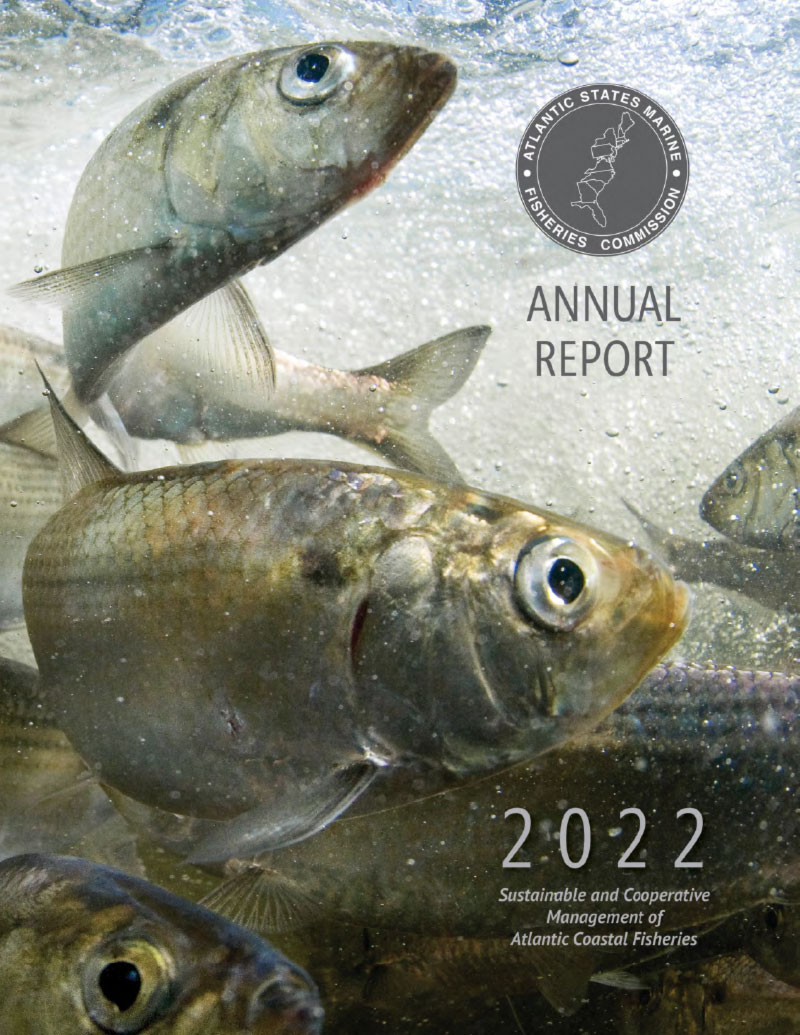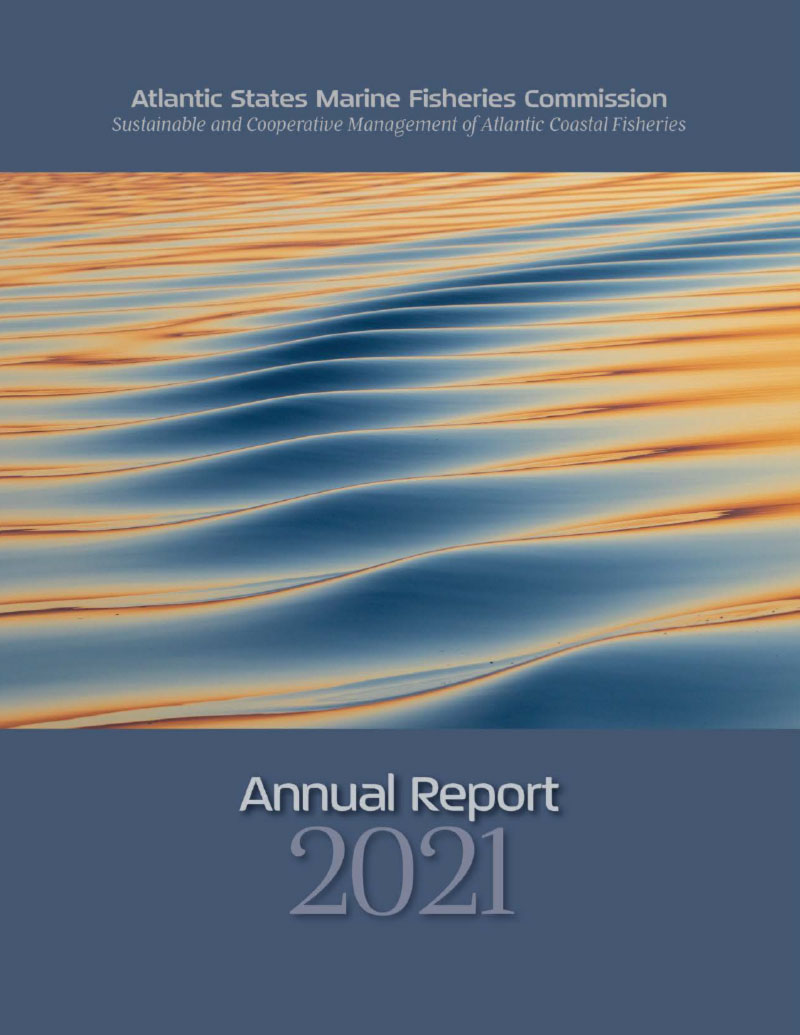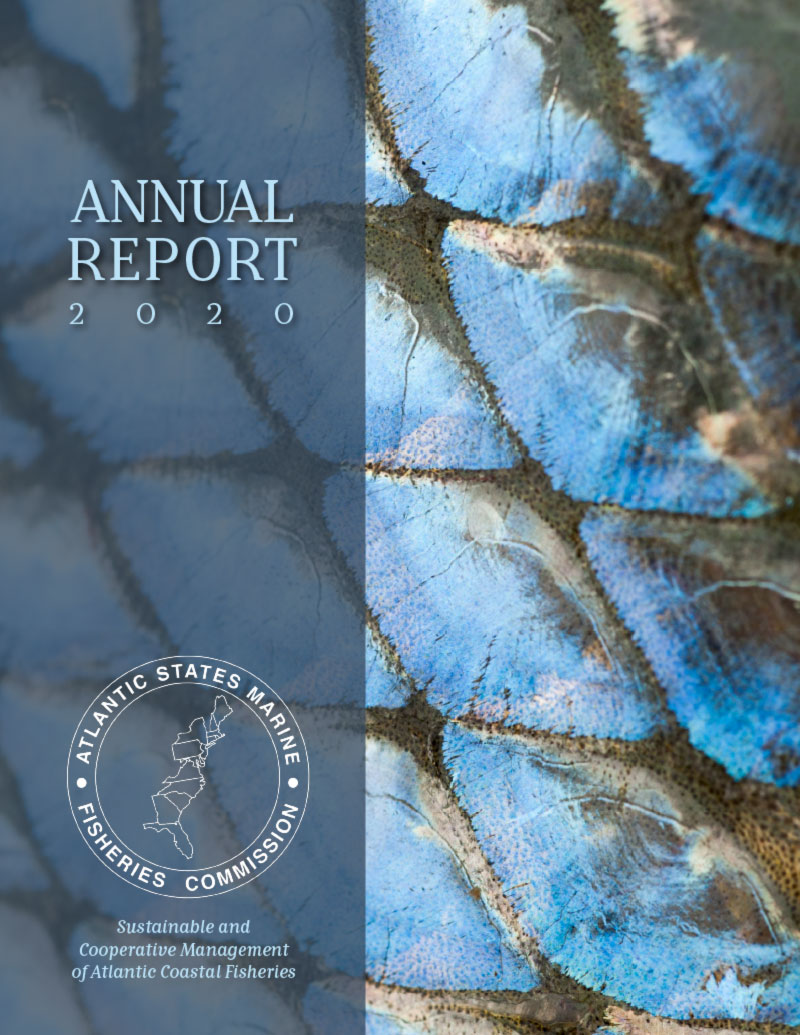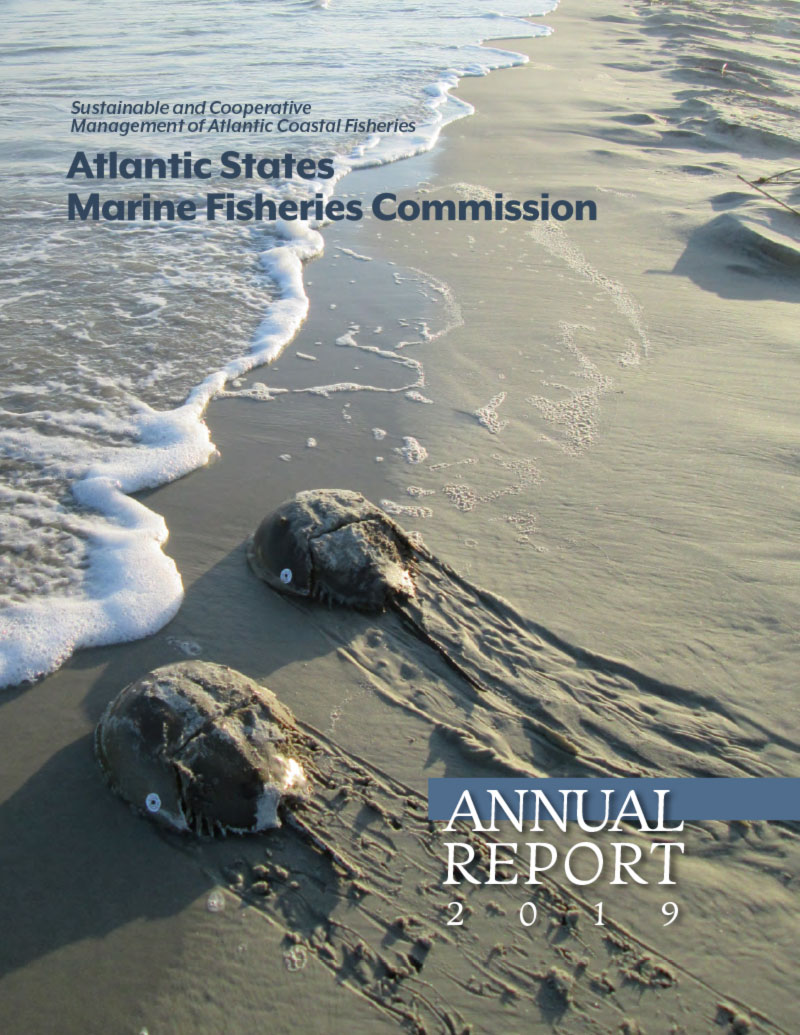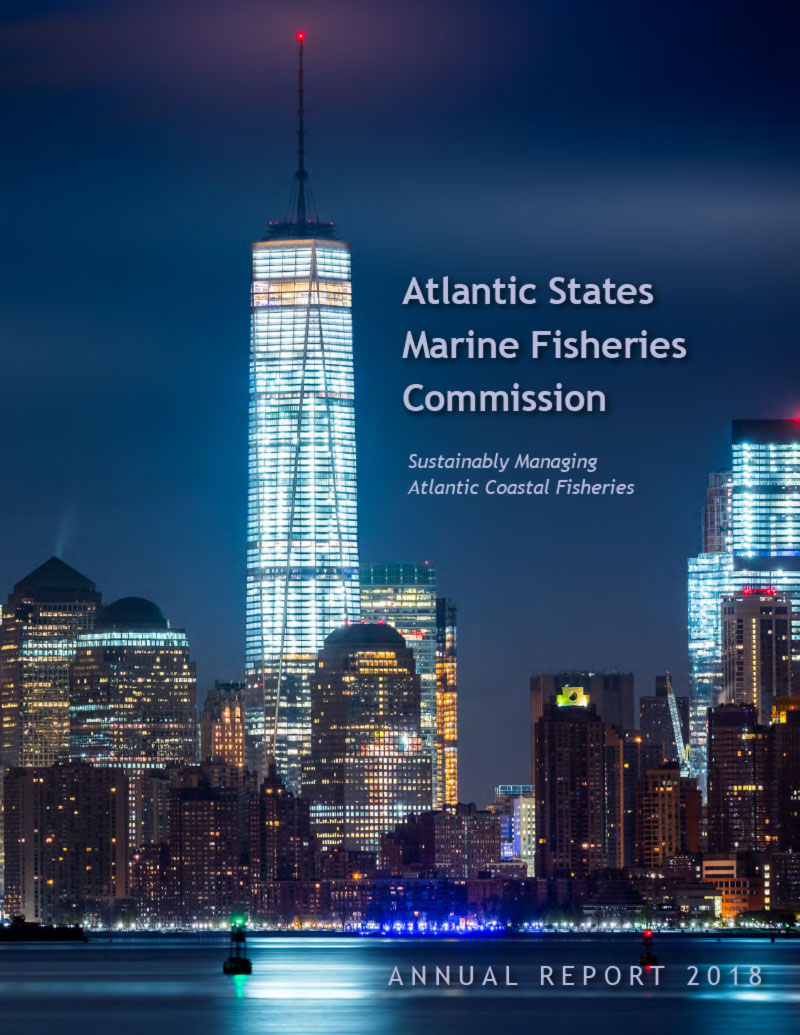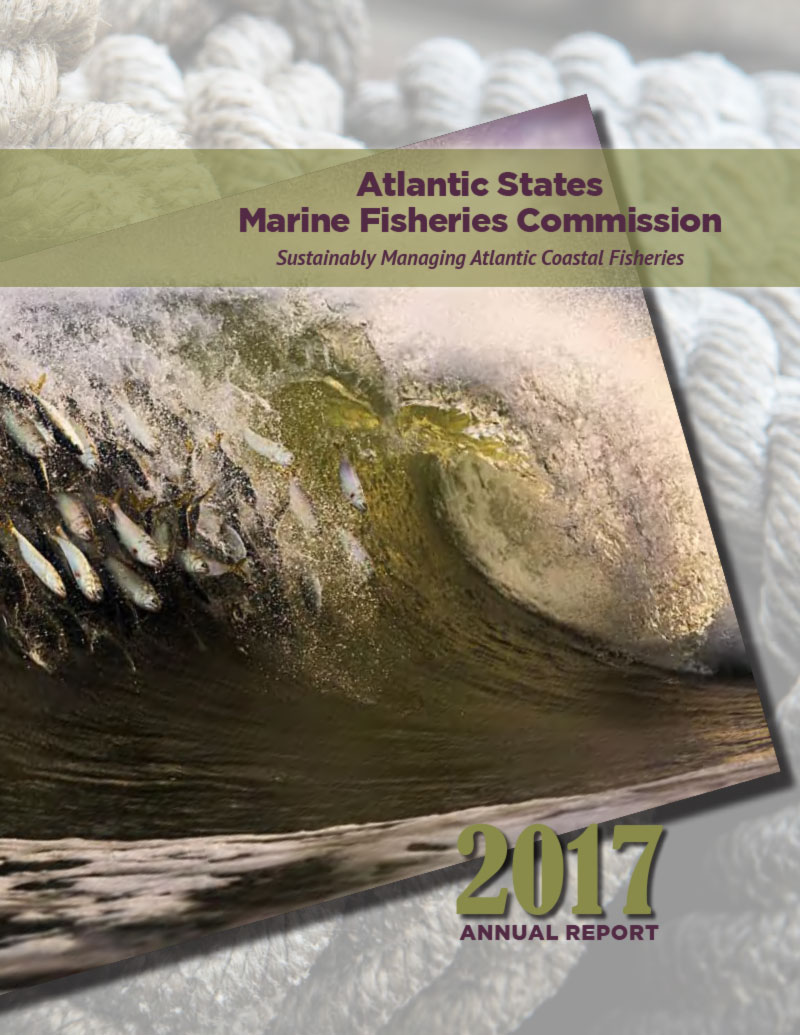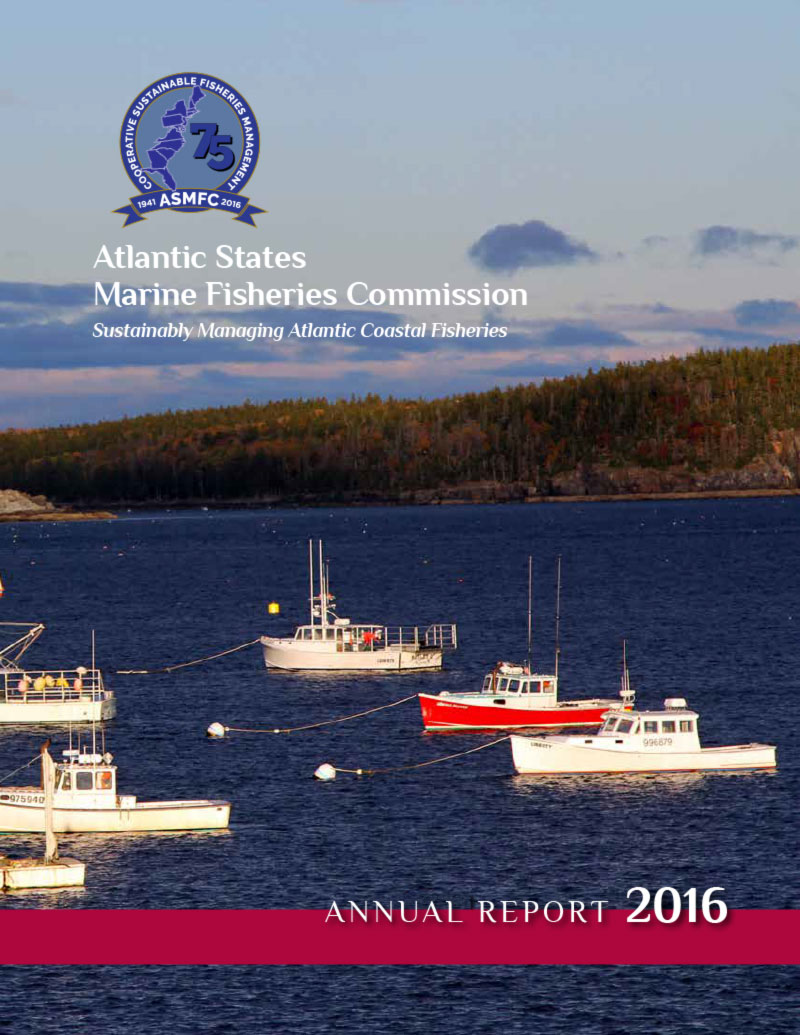In the report, you will find a quick guide to stock status for the 27 species groups the Commission manages; a fisheries management section, focusing on species which had the most significant management or stock assessment activities in 2024; and sections highlighting major accomplishments in 2024 in the areas of fisheries science, habitat conservation, and fishery data collection and management.
Annual Reports
Yearly summaries of the Commission’s activities, achievements, and financial status, providing an overview of progress and future goals.
-
-
In the report, you will find a quick guide to stock status for the 27 species groups the Commission manages; a fisheries management section, focusing on species which had the most significant management or stock assessment activities in 2023; and sections highlighting major accomplishments in 2023 in the areas of fisheries science, habitat conservation, and fishery data collection and management.
-
In the report, you will find a quick guide to stock status for the 27 species groups the Commission manages; a fisheries management section, focusing on species which had the most significant management or stock assessment activities in 2022; and sections highlighting major accomplishments in 2022 in the areas of fisheries science and fishery-dependent data collection and management.
-
In the report, you will find a quick guide to stock status for the 27 species groups the Commission manages; a fisheries management section, focusing on species which had the most significant management or stock assessment activities in 2021; and sections highlighting major accomplishments in 2021 in the areas of fisheries science, habitat conservation, and fishery-dependent data collection and management.
-
In the report, you will find a quick guide to stock status for the 27 species groups the Commission manages; a fisheries management section, focusing on species which had the most significant management or stock assessment activities in 2020; and sections highlighting major accomplishments in 2020 in the areas of fisheries science, habitat conservation, and fishery-dependent data collection and management.
-
In the report, you will find a quick guide to stock status for the 27 species groups the Commission manages; a fisheries management section, focusing on species which had the most significant management or stock assessment activities in 2019; and sections highlighting major accomplishments in 2019 in the areas of fisheries science, habitat conservation, and fishery-dependent data collection and management.
-
2018 saw significant progress on plan amendments for summer flounder and Atlantic cobia, both slated for final action in 2019. The Summer Flounder Amendment considers modifying management of the commercial fishery, while the Cobia Amendment 1 would establish recommendations for measures in federal waters in response to the species being transferred to Commission-led management. The Commission also approved nine addenda modifying the management programs for American eel; American lobster; Jonah crab; black drum; coastal sharks; northern shrimp; and summer flounder, scup, and black sea bass.
-
2017 was a busy year in fisheries science and management along the coast. The Commission completed several benchmark assessments and assessment updates, and approved three new plan amendments as well as a new FMP. A critical dimension of Atlantic Menhaden Amendment 3 is the continued commitment to the development and application of ecological reference points, which will account for the many demands placed on the resource and serve as the foundation for future management.
-
2016 marked the 75th anniversary of the Commission, providing our Commissioners with the opportunity to reflect on the achievements that result when 15 sovereign states come together with a common vision.
Get Hooked on ASMFC News
Dive into the latest updates and catch all the important news by joining our newsletter mailing list. Stay in the loop with meeting agendas, fisheries management news, and more.
